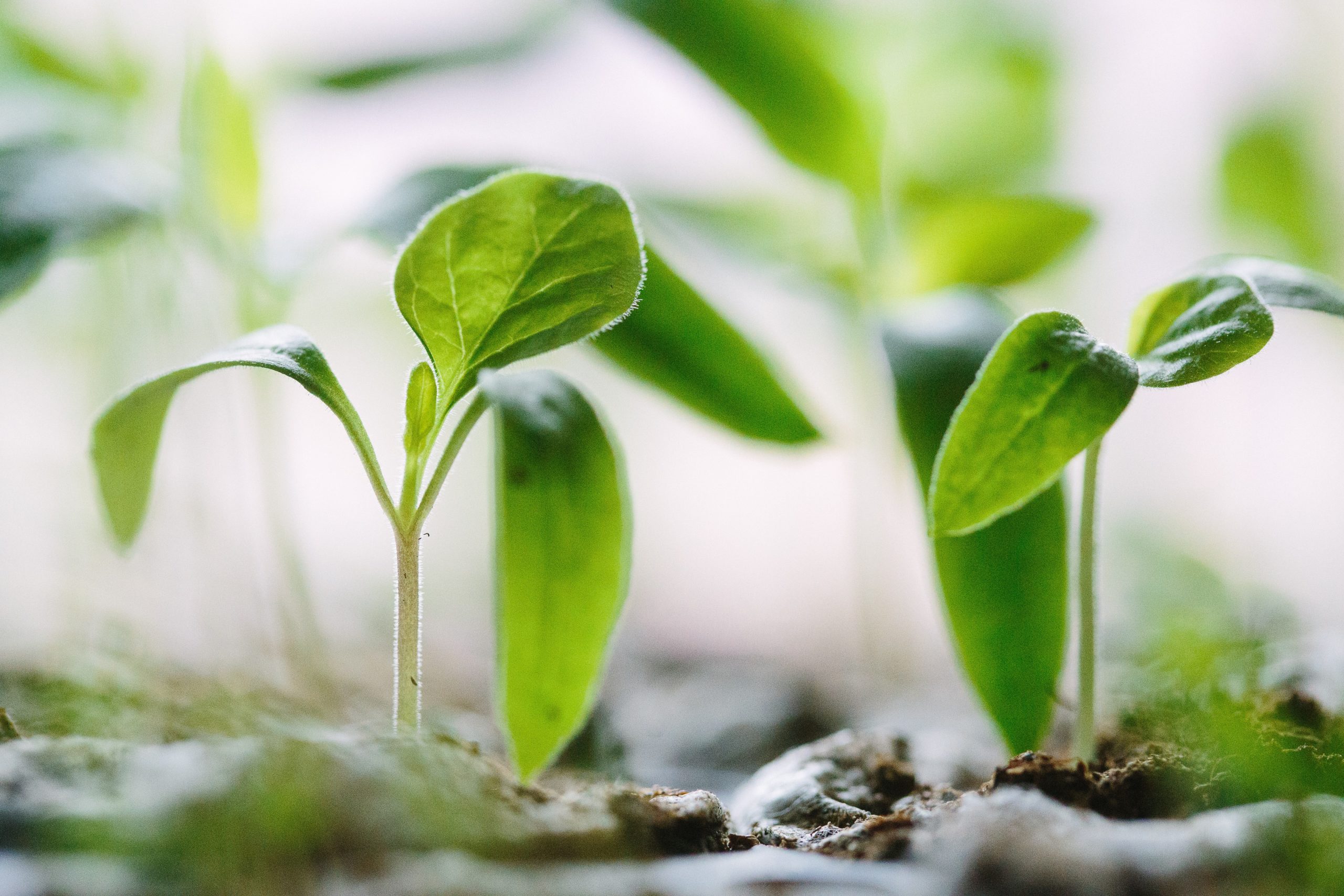
Morning birdsong, t-shirts and shorts, light lingering later into the evening… it’s finally springtime!
At Stoney Creek Farm, we’ve been prepping our gardens for the planting season and our always-popular summer U-Pick Garden. It’s a lot of work—but work that fills our souls. If you grow your own produce, you’re familiar with that contented feeling after a warm afternoon spent in the garden.
If you’ve never grown your own produce or flowers before, now is the perfect time! We’re all mandated to stay at home anyways, so why not give it a try?
If you haven’t done so yet, we recommend checking off the tasks on our 9 Early Spring Chores for Your Home & Garden list to prep you for planting.
Once you’ve done these chores, it’s time to consider the when behind planting your seeds.
Keep reading for our guide on when to plant seeds in your garden and how to support germination.
Find your appropriate climate calendar.
Seeds are delicate—you want to plant them only after the final frost has hit your region. To find this information, check your state’s local Ag Extension.
For Tennessee residents, this guide from the UT Ag Extension is the ultimate companion to growing your garden in Tennessee. It includes a to-do guide for each month in 2020 and also offers tracking charts for garden climate & management, pest & disease management, and more.
We love using this to stay on track!
According to this guide, the last spring frost is April 21 in the Nashville area.
Test your soil before planting.
Test, test, test.
We always encourage testing your soil prior to planting. This allows you to amend soil nutrients as needed to provide a home-sweet-home environment for your seeds.
Testing your soil is quite simple and can be done through your local Ag Extension.
You can use two tools for gathering your sample:
- Soil probe
- Spade
With each, ensure that you’re sampling soil that is 6 inches deep, as this is the average root depth of most vegetable plants.
The UT Ag Center guide offers these directions for taking the soil sample using a spade: “Remove a shovelful of soil 6 inches deep. Then take another thin slice of the soil with the spade that covers the whole 6 inches of the hole. The center of that slice is a great soil sample.”
Your soil sample should be clear of any non-soil materials like grass or rocks.
Prior to packaging, mix together your samples in a clean bucket and allow them to air dry.
You can get your soil test boxes from your local Ag Extension office. You’ll then send your packaged sample to your local Ag Extension for analysis. In return, you’ll receive a report on your current soil conditions and recommendations for soil amendment.
For those in Tennessee, you can get the full instructions for soil testing here.
It’s an easy process that provides you with tons of information to get your garden off to the right foot! (Or should we say, root?)
Support seed germination.
Don’t get antsy.
Practice patience when it comes to planting your seeds. It’s important to wait until the final frost has passed before releasing your seeds into the wild, as planting in cooler soil has a significant effect on germination time and success.
For instance, a snap bean planted in soil at 59℉ takes around 16 days to germinate, whereas a snap bean seedling planted at 77℉ takes half that amount of time to germinate.
Moist soil is good soil.
To avoid drying your seeds out, make sure the soil is moist. But don’t go overboard and drown your seeds, either. Saturated soil is too wet for optimal seed growth.
Soil and seed do not have to practice social distancing.
Ensure that your seed is tucked in well to the soil with sufficient seed-to-soil contact to allow for efficient water intake.
Plant at the right depth.
The depth you plant your seeds will depend on the seed type.
This UT Ag Extension guide offers a guide to seed planting depth for common Tennessee produce. It’s also packed with tons of other information, including approximate growing time, optimal growth temperature, when to plant each produce type, and more!
***
We wish you all a happy spring planting season!

